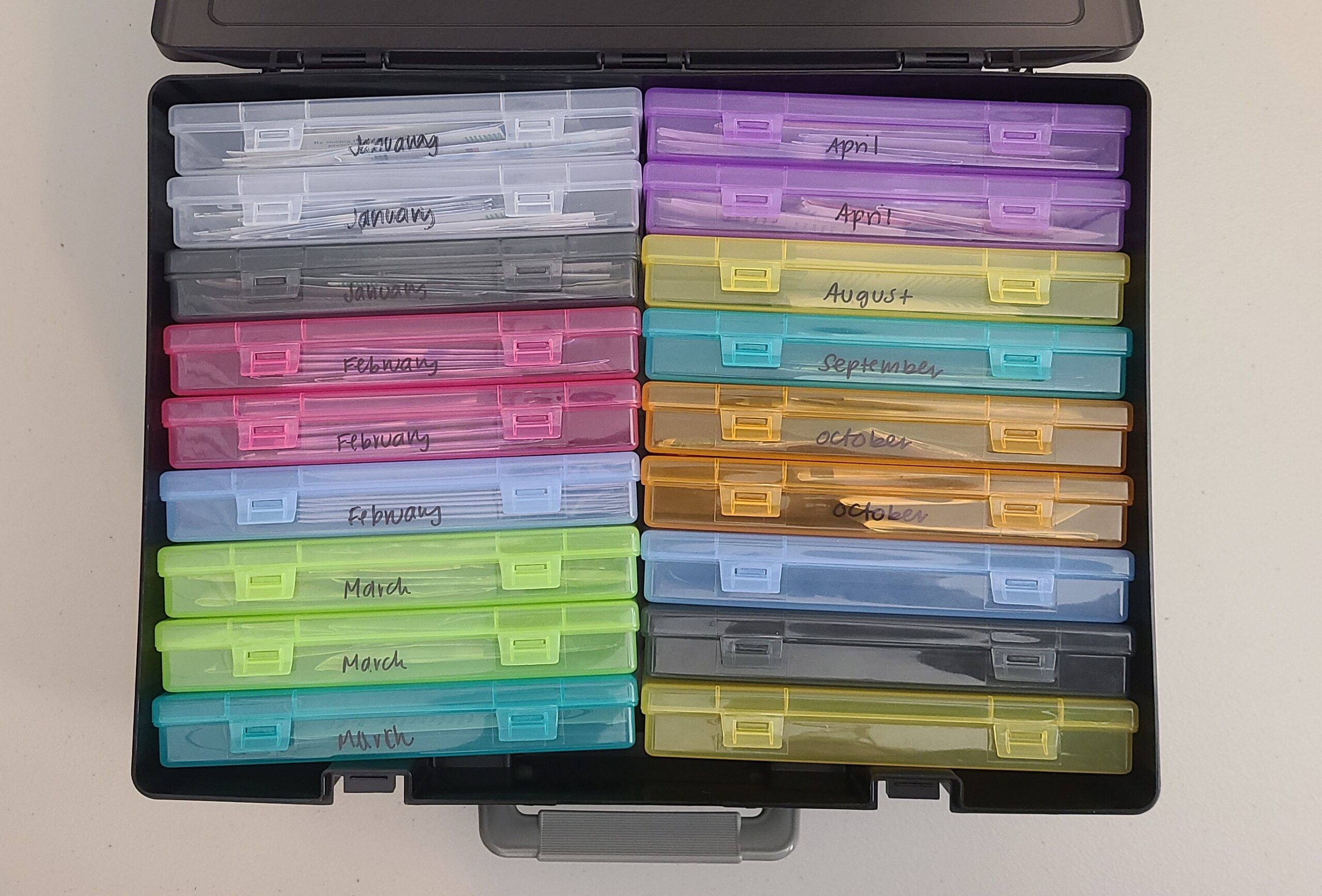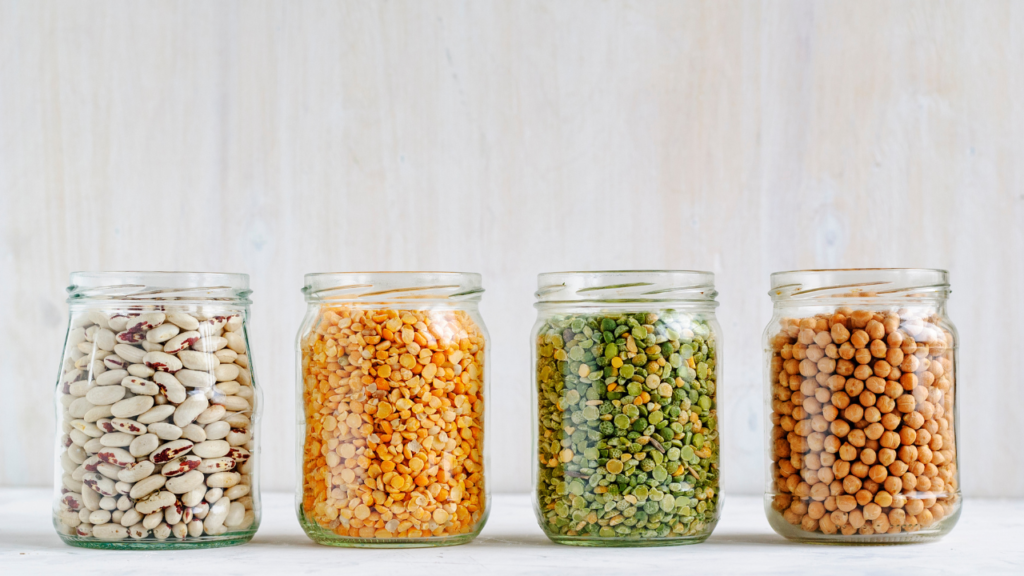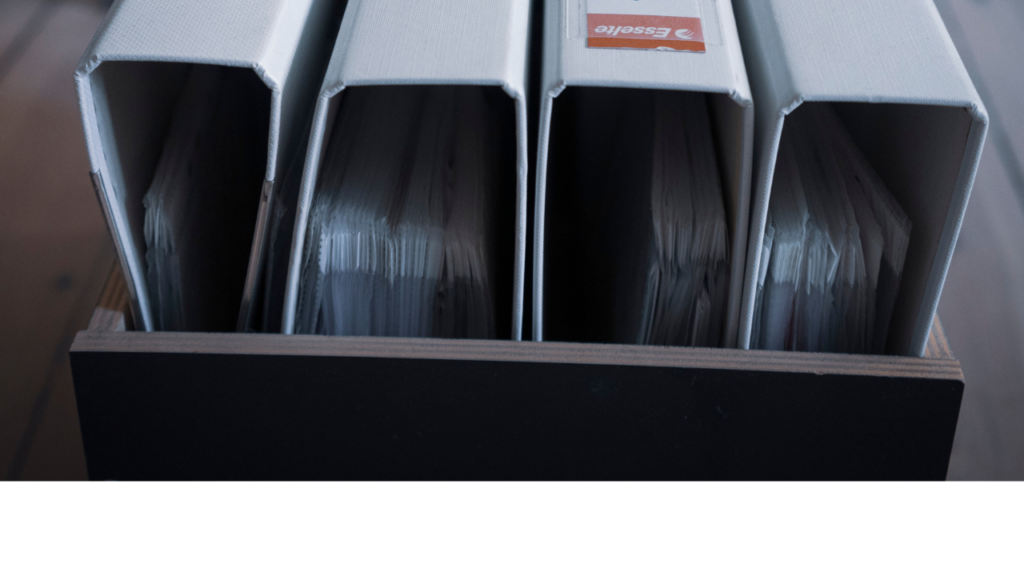A guide on how to store and organize seeds for your garden. Vegetables, flowers, herbs, or anything you are wanting to grow.
How to Store Your Seeds
Proper storage of garden seeds is essential to ensure their longevity and viability for planting in future seasons.
- Dry your seeds: After harvesting your seeds, allow them to dry completely before storing them. Spread them out on a dry surface like a screen or paper towel, and let them air-dry for a few days. If using store bought seeds, make sure they are kept dry in their packaging.
- Remove debris: Once the seeds are dry, remove any debris, chaff or pieces of plant material from them. Use a fine mesh sieve or a colander to separate the seeds from any remaining plant debris. You may also use the “winnowing method” which involves pouring the seeds into another container and allowing the wind to remove the lighter unneeded debris. For store bought seeds, this step is not needed.
- Label the seeds: Label each type of seed with the name of the plant, variety, and the date the seeds were collected. This will help you keep track of the age of the seeds and when they should be used. For store bought seeds, mark on the packaging when you opened them and when they were bought.
- Use proper containers: Store your seeds in airtight containers that are moisture-proof and keep out light. You can use glass jars, plastic bags, or sealed plastic containers for storing seeds. Make sure the containers are labeled with the name of the plant, variety and the date they were collected.
- Store in a cool, dry place: Keep your seed containers in a cool, dry place like a basement, cabinet or refrigerator. The ideal temperature for seed storage is between 32-41°F (0-5°C) and the humidity should be around 30-40%.
- Check seeds regularly: Check on your stored seeds regularly to make sure they are still viable. Germinate a few seeds periodically to make sure they are still able to grow.

What are the best storage methods for store bought seeds?
Store bought seeds, or seeds bought from online retailers should be kept in their original packaging. Keep them labeled with purchase date and opened date for better upkeep of seed starting records.
To keep store bought seeds for longer than a garden season, store them in a sealable container away from direct sunlight and heat. We like to use plastic photo boxes like this one from amazon.
Additionally, you can create a “seed binger” with plastic photo sleeves that will hold the seed packets in an organized fashion. However, for large collections of seeds, a binder is not the best option, unless you like flipping through a bunch of sleeves.
What are the best storage methods for harvested seeds?
After harvesting your seeds, it is important to make sure the seeds are completely dry. Once they are dry, place them in an airtight container like a glass jar, or sealable plastic container. Label the container and store in a cool dark place. Harvested seeds may require a desiccant, such as a silica packet, to keep moisture out of the seeds.

How to Organize Seeds by Planting Time
Organizing seeds by planting time can help you plan your garden more effectively and make sure you sow the seeds at the optimal time. Additionally, keep the same types of plants together so you have the varieties to choose from when getting ready to plant your seeds. For example, all my tomatoes are together in my January month seed storage container.
Determine the planting time
Research the planting time for each type of seed you have, based on your location and climate. Some plants prefer to be started indoors and transplanted later, while others should be directly sown outdoors.
You can classify planting time as different months, or weeks from a frost date. For example, your last frost is March 20th, and your tomato seed needs to be started indoors 6 to 8 weeks before your last frost. Therefore, the tomato seed should be started in January or February.
Group seeds by planting time
Divide your seeds into groups based on their planting time. For example, group seeds that should be planted in early spring, late spring, early summer, late summer, or fall.
I typically group my seeds by the months I need to plant them by. For example, I will start my tomatoes and peppers indoors in January, my herbs indoors in February, and my cucumbers outside in March.
Label each group
Label each group of seeds with the appropriate planting time. You can use labels or markers to identify the groups.
Simple labels like names of the month work, or you can get specific with exact dates from your last frost. For instance, I write January/February/March on my labels, but I could write specific dates like January 30th, February 18th, or March 10th. It is important to use a labeling system that will work for you.
Use a storage system
Use a storage system such as a seed box or binder to organize seeds by planting time. You can use dividers to separate each group of seeds, or create separate compartments for each group.
I use a photo storage box that I categorize by month. If using a binder, add tabs for different times of the year that you will be planting those seeds.
Keep a planting calendar
Use a calendar to keep track of the planting times for each type of seed. This can help you plan your planting schedule and ensure you sow the seeds at the right time. I use a dedicated small planner to keep track of what I plant and when. You can always use a digital calendar as well and set reminders of when the plant should be ready to harvest. For example, I plant my tomatoes on January 18th, and they should be able to harvest in roughly 60 days. So on March 20th I should be looking to see some fruit developing to harvest. However, there are several factors that influence growing rates.
How to Organize Seeds by Type
Like storing seeds by planting time, seeds may be organized by type. The same steps of storage apply but the seeds will be grouped differently. For example, organizing seeds by type may include broad types such as spring seeds, summer seeds, or fall seeds. Alternatively, they may be as specific as genus names or plant families.
At the Boonstead, we use types to mean vegetables species. For example, when we organize seeds, all our tomatoes are grouped together, all our peppers are grouped together, and all our lettuces are grouped together. This makes it easy to find the variety we look for and to further organize them by planting time.

Continue Reading about Seeds:
Recent Posts
In general, to harvest your own seeds, you must choose mature, healthy plants, allow seeds to dry out, and remove the seeds when they are completely dry. However, this process will look different for...
Gardening questions may not have direct answers because gardening is a complex and multifaceted subject. There are many factors that can influence the success of a garden, including soil type,...
